|
One theme that crops up in different branches of the Soho Tree is the idea that we are creatures of habit, acting automatically and unconsciously most of the time. The path of self-development involves waking up and stepping back from these mechanical processes. It’s likely that this theme came originally through the work of Gurdjieff. This article looks at the so-called Stop Exercise, as used within Gurdjieff’s tradition, and the way this and similar methods were used by Glyn Davies and Tony Potter. The enneagram, sometimes used as a symbol of the Gurdjieff Work, can be taken as showing the importance of shocks, also known as intervals, in automatic processes. Gurdjieff’s Stop Exercise Gurdjieff used the stop exercise as a way of developing awareness of habitual postures and movement. We hear about it first from Ouspensky, when he was with Gurdjieff in Essentuki in 1917: “In order to oppose this automatism and gradually to acquire control over postures and movements in different centers there is one special exercise. It consists in this – that at a word or sign, previously agreed upon, from the teacher, all the pupils who hear or see him have to arrest their movements at once, no matter what they are doing, and remain stock-still in the posture in which the signal has caught them. Moreover not only must they cease to move, but they must keep their eyes on the same spot at which they were looking at the moment of the signal, retain the smile on their faces, if there was one, keep the mouth open if a man was speaking, maintain the facial expression and the tension of all the muscles of the body exactly in the same position in which they were caught by the signal. […] Although the exercise concentrates on physical postures, Gurdjieff believed that our thinking and feeling followed these habitual physical postures. One can end up ‘stopped’ in the midst of a transition from one posture to another, in an unaccustomed position. This in turn leads involuntarily to thinking and feeling in a new way, to know oneself in a new way. In this way the old circle of automatism is broken. P D Ouspensky (left) taught the ideas and methods of G I Gurdjieff (right), from their first meeting in Russia in 1915, until Ouspensky’s death in England in 1947. Gurdjieff continued using the stop exercise in the Prieuré in the early 1920s, and again later. Thomas de Hartmann recalls several instances of the stop exercise, including a public demonstration: [2] “I would like to mention what took place during another demonstration, when at the very end Mr Gurdjieff shouted “stop.” Pupils on the stage held their postures, held them quite long. Then Mr Gurdjieff had the curtain brought down but did not say that the “stop” was finished. One of the pupils did not continue to hold the “stop” once the curtain came down and Mr Gurdjieff scolded her very strongly. He said that the “stop” had nothing to do with the audience or the curtain . . . that it is Work and cannot be finished until the Teacher says; that it has to be held even if a fire should break out in the theatre.” At some point in the 1940s, Gurdjieff produced a movement, one of the thirty-nine, in which the demonstrators unexpectedly, at their own discretion, call a stop. [3] I believe that this video shows a performance of this movement, with a stop taking place near the end: The Study Society and SES Ouspensky carried on with the stop exercise, and after his death it was practised in London within the Study Society. Francis Roles, the head of the Study Society was interested by the stop exercise and he wrote in 1962: [4] “An account by a traveller to Mecca in Blackwood’s Magazine, December, 1961, contains a description of a visit to a Sufi retreat, and such of the work there as this novice was allowed to see: One remarkable exercise was carried out by all members of the fraternity. Francis Roles (left) founded the Study Society after Ouspensky’s death, in order to carry on his work in London. He later worked with Leon MacLaren (right) to bring Ouspensky’s teachings into the School of Economic Science (SES). Connections with the Soho Cabbalists Glyn Davies and other members of the Soho Cabbala group were also members of the School of Economic Science (SES) and the Study Society in the 1950s and 60s (See The Soho Group - How did it work?). At one point, the entire group was invited to follow a programme of SES study, and when the Maharishi introduced Transcendental Meditation to London in the early 1960s with the help of the SES and The Study Society, Soho Cabbalists were also there. Cherry Gilchrist recalls a more recent experience of stopping during an event organised by SES: “For several years in the late 1990s, I took part in the Art in Action exhibition, hosted by the School of Economic Science, where I had been invited to help run the Russian Arts tent. During the set-up days before the public was admitted, I noticed that on the hour, every hour, a bell would be rung, and everyone would immediately stop what they were doing and keep total stillness for a minute or two. The effect was noticeable, and gave back a sense of calm and poise to what was, very often, a scene of frenzied activity.” The Inner Stop Francis Roles also mentions an “Inner Stop” exercise that was encouraged within the Study Society, which people can carry out themselves whenever they remember it [5]. The Inner Stop is discussed in more detail by Maurice Nicholl [6]: “Now, apart from the exercise where the body is made motionless, which can be called Outer Stop, there is another exercise similar but different, where the mind is made motionless. This is called Inner Stop. Both have to do with bringing about a state of motionlessness. But the two exercises are not performed in the same sphere. In the case of the first, the body in space is stopped. People may pass you, speak to you, tell you how silly you look, and so on. But your body and your eyes remain motionless in space. In the case of the second, the practice of Inner Stop, you stand motionless in your mind. Thoughts pass you, speak to you, ask you what you are up to and so on, but you pay no attention to them. You will see at once that Inner Stop is connected with a form of Self-Remembering.” Nicholl explains that the Inner Stop exercise is not the same as trying to stop your thoughts, but is more like remaining internally ‘motionless’ so that habitual thoughts and modes of reaction pass you by. Tony Potter (portrait by John Pearce) and the Cabbalistic Tree of Life. Tony Potter’s Stop Exercise A type of inner stop exercise was at the centre of Tony Potter’s “Society of the Hidden Life” approach to self-development. He used it as a tool for self-observation in relation to principles taken from the Cabbalistic tree of life – Reflex (Malkuth), Instinct (Yesod), Thinking (Hod) and Feeling (Netzach). In an article he wrote in later years he describes working with the first principle of reflex. [7]. He talks about how we can notice other people responding to changes purely reflexively: “Simply look around on a bus or a train and notice the number of people who are fidgeting, scratching, making unnecessary movements and generally behaving in a way which can only lead one to suppose that they are not in any way aware of what they are doing.” He goes on to explain that it is much harder to spot this kind of activity in ourselves, and that to do so we need to STOP at every available opportunity: “By this is not meant a frantic screeching to a halt, but a gentle, controlled flow to a standstill. This is obviously easier to achieve, at first, when the body is relaxed. The mind can then be allowed to empty. Unfortunately, it is in these circumstances that the least advantage is gained. The greatest effect is achieved when one STOPs in the midst of an otherwise turbulent situation. This STOP only needs to be momentary. If it is done correctly, the depth of the effect is quite unexpected and, the first time it is experienced, somewhat startling. Indeed, it has been written:- If, in the midst of troubled time, we stand aside, This may sound a little melodramatic, but it is in fact, an explicit description of a properly executed STOP. It has the effect of removing one completely from the limitations of time and space and enabling one to observe the environment as a completely objective phenomenon.” The painter John Pearce writes about his experiences of the stop exercise with Tony Potter [8]: “As taught in Tony Potter’s group, the Stop was a technique of instant meditation and self-observation to be practiced in any and every situation. Unlike other meditation techniques, it did not involve time-consuming detachment or special poses. Nor did it mean suddenly freezing physically. It was a way of stilling the mind, becoming inwardly aware of the body, breath and heartbeat as well as surroundings. Outwardly unobservable, inwardly time was suspended.” The meditation room at the Saros Centre, Buxton (1980s) The Stop Exercise in Saros The stop exercise was used from time to time on Saros courses, both during movement exercise and during regular work (I remember a lot of painting and sanding woodwork on courses!). The exercise was used as one of a number of techniques to disrupt habitual activity. Other methods would be to work faster than usual, or slower than usual. Ouspensky implies that Gurdjieff was very strict about stopping without any thought of harm – telling for example how a student burnt his hand during a stop. I don’t think there was quite that level of strictness in Saros, but I do recall something else that Ouspensky mentions – how people try to avoid the stop. In my case I can definitely remember once moving very carefully when I thought a stop might come, so that I would avoid being ‘caught out’! Rod Thorn Notes:
[1] In Search of the Miraculous, (Harcourt Brace Jovanovich 1977 Edition), p.353 [2] Our Life with Mr Gurdjieff, by Thomas de Hartman, (Penguin, 1972), p.111. There are other references to the stop exercise, on pages 35 (‘stopping’ in a tangled group) and 113 (‘stopping’ whilst on a ship en-route to New York). [3] Gurdjieff: Mysticism, Contemplation, and Exercises, by Joseph Azize (Oxford University Press, 2019) p. 102. Available on Google books at https://books.google.co.uk/books?id=-NjBDwAAQBAJ&pg=PA102 [4] https://www.ouspenskytoday.org/wp/wp-content/uploads/1962_10.pdf [5] https://www.ouspenskytoday.org/wp/wp-content/uploads/1979_27.pdf [6] Psychological Commentaries on the Teaching of Gurdjieff and Ouspensky, by Maurice Nicoll. Volume 5, p. 1517. http://www.gianfrancobertagni.it/materiali/gurdjieff/nicoll_commentari5.pdf [7] Exercise of the Month in the first issue of the Pentacle Journal, published in June 1985, edited by Tony Potter. https://esoterichistory.wordpress.com/2016/10/06/stop-exercise/ [8] John Pearce: Art and Reality https://johnnpearceartist.com/art-and-realityart-and-reality/
1 Comment
Michael Grevis
12/6/2020 10:53:54 am
I have used the Stop technique successfully in counselling work to break the pattern of excessive negative rumination over the past which is known to lead to depression and anxiety.
Reply
Leave a Reply. |
AuthorsArticles are mostly written by Cherry and Rod, with some guest posts. See the bottom of the About page for more. A guide to all previously-posted blogs and their topics on Soho Tree can be found here:
Blog Contents |
Proudly powered by Weebly

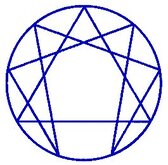
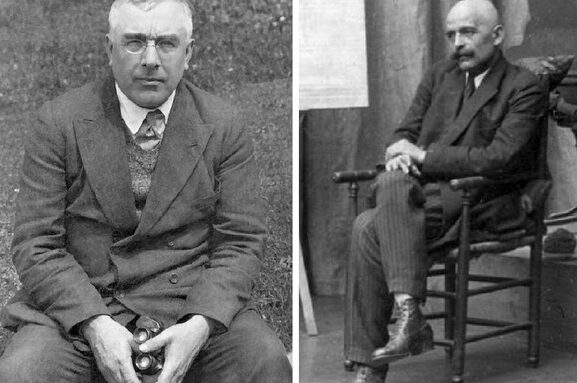
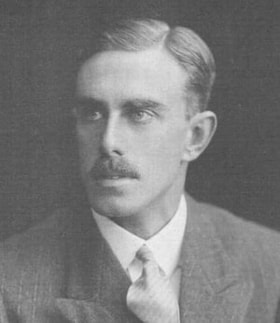
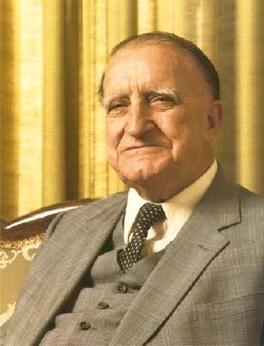
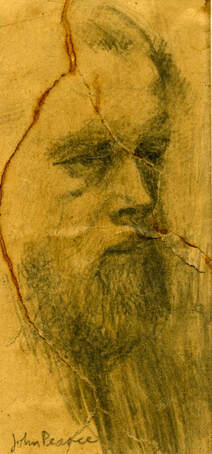
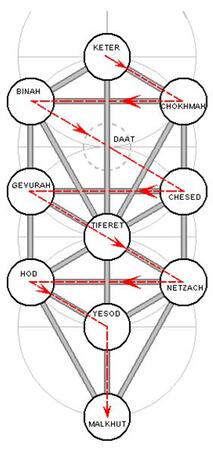
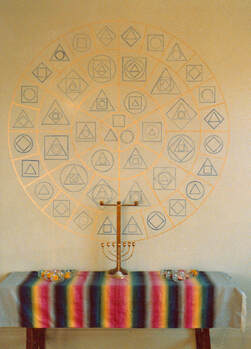
 RSS Feed
RSS Feed